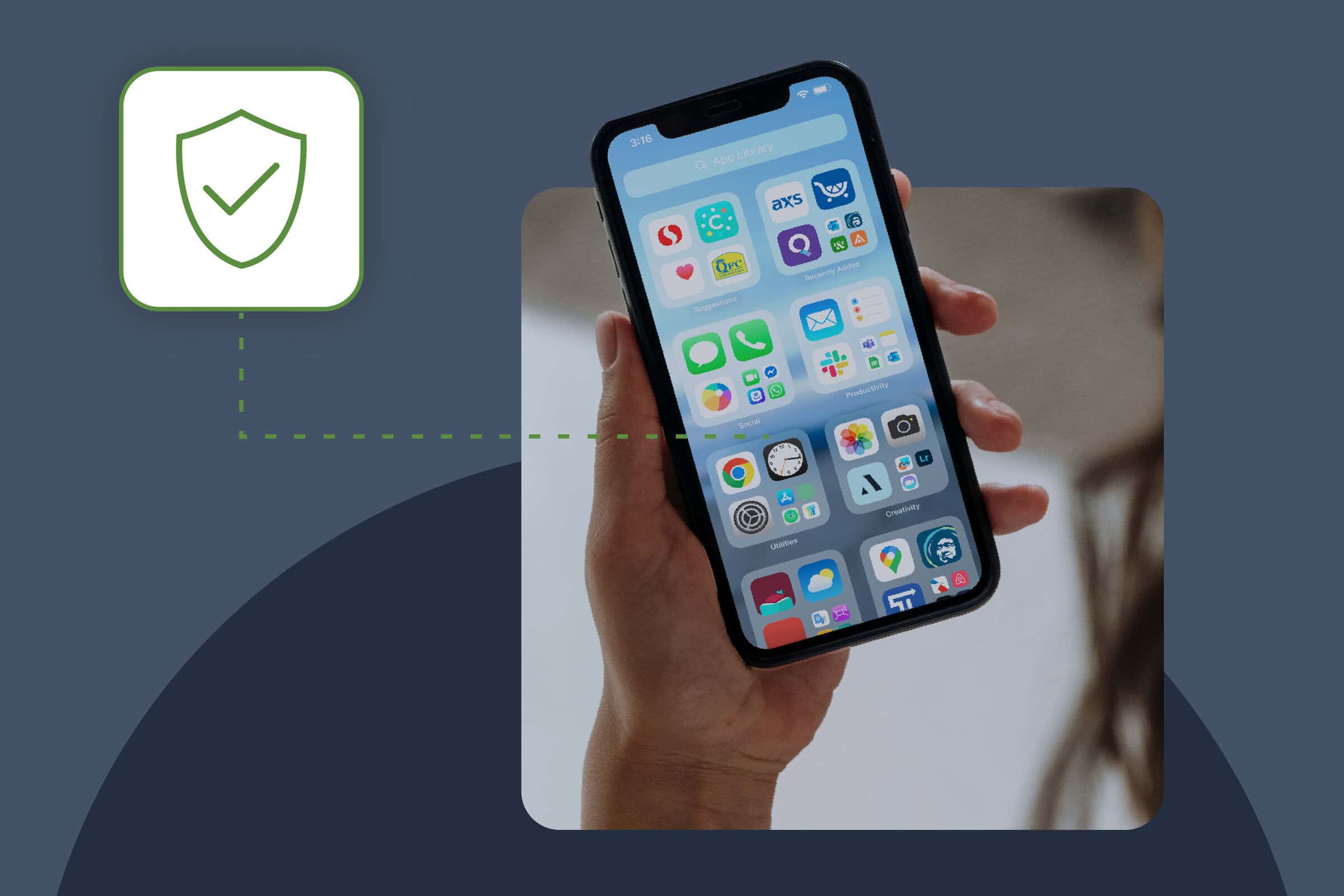Author
Dan Shugrue
Protect Your Apps in the Wild
Explore
What's New In The World of Digital.ai
How the Digital.ai AppSec Team Handles Compliance: From Manual Effort to Automated Governance
For teams delivering software in highly regulated industries, compliance isn’t…
Unified AppSec + Testing: Security Without Slowdowns
Your tests called—they’re tired of getting blocked. If you’re building…
AI-Powered Hacking or: How To Learn to Stop Worrying and Love the LLM
LLM, Please Write This Intro Before explaining how AI helps…





